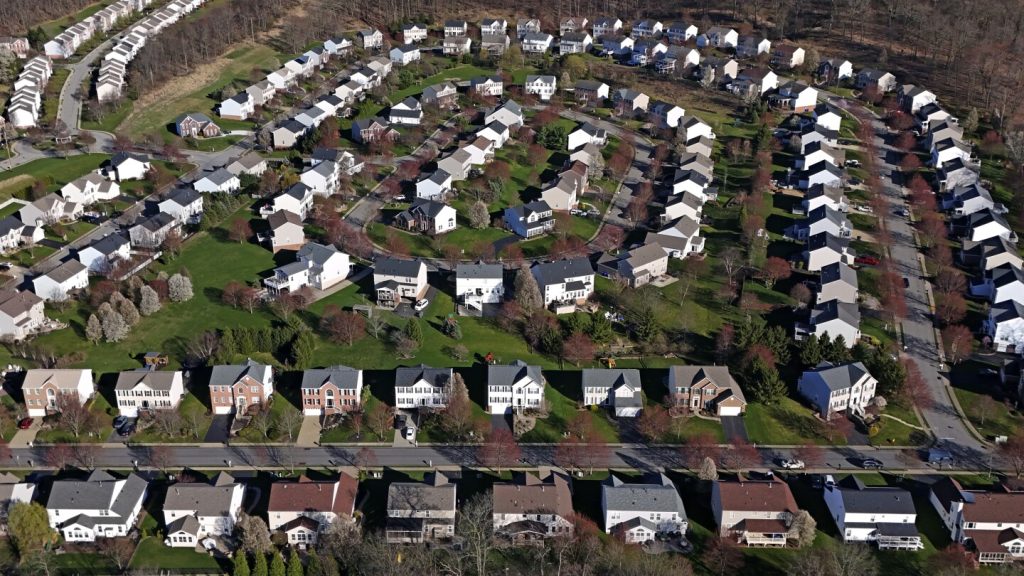The spring homebuying season is starting off slow as mortgage rates and prices rise. Sales of previously owned homes in the U.S. fell 4.3% in March to a seasonally adjusted annual rate of 4.19 million, the first monthly decline since December. Despite the decrease in sales, the national median home sales price rose 4.8% from a year earlier to $393,500, marking the highest median sales price for any March on record. The competition for homes remains high, with 60% of homes selling in less than a month and 29% selling above their initial list price.
The lack of inventory is a major factor affecting the housing market, with only 1.11 million unsold homes on the market at the end of last month. While this represents a 4.7% increase from February and a 14.4% increase from a year earlier, it is still well below the 1.7 million homes on the market in March 2019 before the pandemic. This limited supply has given sellers an advantage, especially in the more affordable price ranges where multiple offers are common. The current inventory equates to a 3.2-month supply, up from 2.9 months in February and 2.7 months in March last year.
The housing market is recovering from a 2-year sales slump caused by high mortgage rates and low inventory. Sales of previously owned homes hit a nearly 30-year low last year, dropping 18.7% from 2020 as the average rate on a 30-year mortgage reached a 23-year high of 7.79%. Although rates decreased slightly at the start of this year, they have mostly ticked back up in recent months. Widely seen as influenced by Fed interest rate policy and the 10-year Treasury yield, mortgage rates may see minor adjustments later this year, potentially giving homebuyers more purchasing power.
First-time homebuyers continue to face challenges in entering the market due to the lack of home equity for down payments. They made up 32% of all homes sold last month, an increase from previous months but still below historical averages. Cash buyers are also prevalent, with 28% of homes purchased entirely with cash in March. Economists expect mortgage rates to ease slightly this year, potentially offering relief to buyers who cannot pay in cash. However, most forecasts do not anticipate rates dropping below 6% by the end of the year, as the Federal Reserve waits for inflation to stabilize before adjusting short-term interest rates.
Overall, the housing market is in a state of transition, with buyers contending with high prices, limited inventory, and rising mortgage rates. Despite these challenges, there is hope for a slight easing in mortgage rates later in the year, providing some relief to buyers. The trends in home sales and prices indicate a competitive market, with sellers holding the advantage in many transactions. Prospective homebuyers, especially first-time buyers, must navigate these conditions carefully to secure a home in a challenging market environment.


